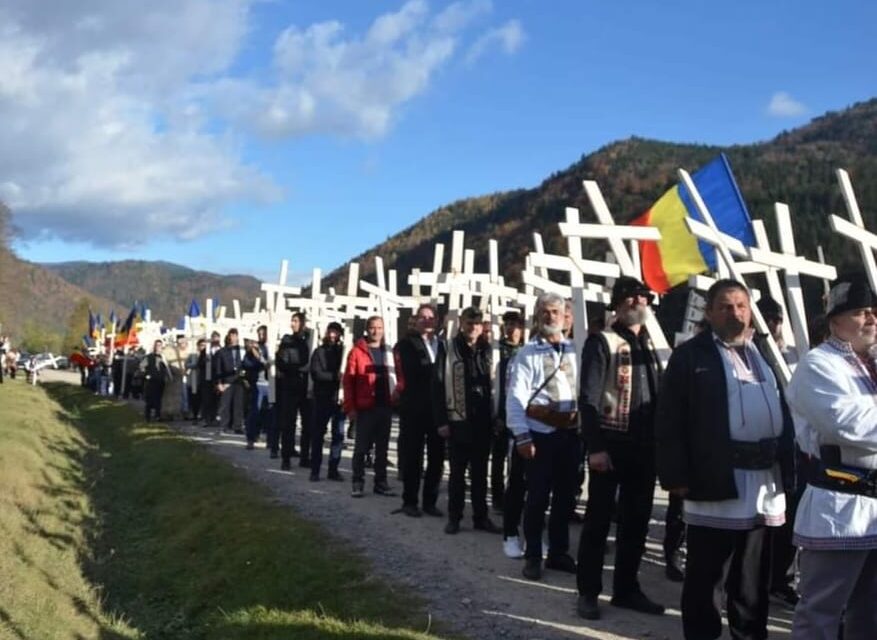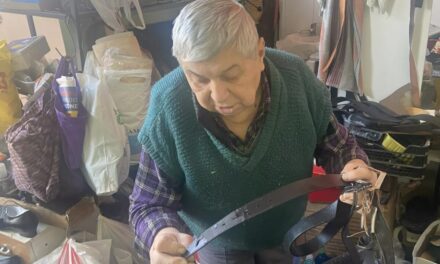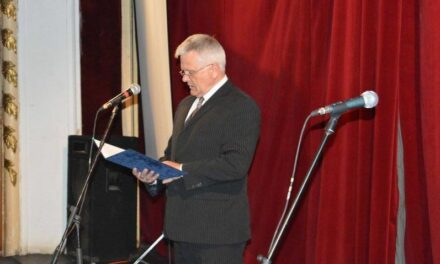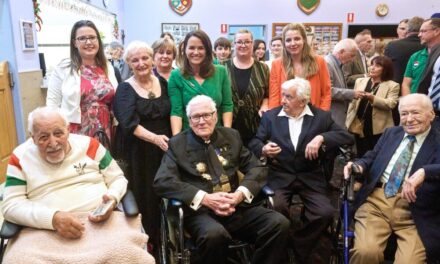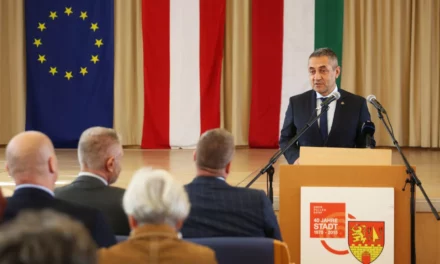The Romanian organization Nemzet Útja is preparing to place one hundred and fifty wooden crosses in the Úzvölgy military cemetery in place of the removed concrete crosses on Saturday. The mayor of Csíkszentmárton trusts that the Romanian authorities will do their job.
Mihai Tirnoveanu, the head of the Nation's Path (Calea Neamului) organization, which has organized a Romanian commemoration ceremony in the military cemetery on several occasions, announced on his social media that he and his supporters are preparing to place 150 wooden crosses in the Úzvölgy military cemetery starting at 2 p.m. on Saturday. He also published a picture of the crosses, which he claims are being made on Sepsiszentgyörgy. He also provided a bank account number to which donations are expected in order to deliver the crosses to Úzvölgye.
Sándor Birtalan, the mayor of Csíkszentmárton - on whose territory the military cemetery is also located - told MTI:
the residents of the Székelyföld village are not preparing for Úzvölgye, they do not want to react to the provocation.
"We trust the Romanian justice system and that the gendarmerie and police do their job," he declared. He added that Hargita County Council Chairman Csaba Borboly is in contact with the Romanian authorities, who know about the Tirnoveanu's plan.
Mihai Tirnoveanu, who previously acted as an activist - who founded a party called the Nationalist Movement (Miscarea Nationala) last year - explains on his social media page with an argument that is logically difficult to follow, why erecting new Romanian crosses in the international cemetery is justified. He claims that the action is legal, as he believes that several documents prove that 148 of the Romanian soldiers who died in the battles of Úzvölgy during the First World War were buried in the Úzvölgy cemetery.
According to Tirnoveanu, they do not apply for an official license because it would take years to obtain it, and according to him, the action can be legalized afterwards.
He also adds: if the court were to order the removal of the crosses, they would not comply with the order, and even the crosses previously displayed by Csíkszentmárton would be challenged in court.
"We want peace, but we do not tolerate humiliation, and we reject as firmly as possible that the memory of our heroes is trampled underfoot," wrote Tirnoveanu, who said that he and his followers are going to Úzvölgye in the spirit of "calmness and dignity". He added:
the simplest solution to the situation would be if the Romanian Ministry of Defense took note of their crosses and made a Romanian plot in the cemetery official.
Meanwhile, the Association of Historical Researchers (Asociatia Prospectorii Istoriei) asked the Romanian authorities to add the military cemetery to the list of Romanian monuments, Informatiahr.ro wrote on Friday, referring to the organization's statement. "This is the moment when Romanians and Hungarians must unite and say no to manipulation," the Hargita county Romanian portal quotes the announcement, according to which the "sad and false conditions" .
The association also sent its memorandum to the Romanian government, the parliament, the Romanian Academy, other institutions in Bucharest, the prefecture of Harghita and Bákó counties, and the county government.
The illegally erected concrete crosses were removed from the cemetery of the depopulated Úzvölgye settlement administratively belonging to Csíkszentmárton, located on the border of the Moldavian and Székelyföld counties, by dawn on June 29, 2023, after a final court ruling obliged the Dormánfalva mayor's office to do so.
In March 2019, the municipality of Dormánfalva declared the Úzvölgy military cemetery as its own public property, and in April arbitrarily created a Romanian plot in the cemetery. Previously, the cemetery was cared for by the village of Csíkszentmárton in Székelyföld, and the Hungarian community considered it a Hungarian military cemetery.
On June 6, 2019, thousands of Romanian commemorators forced their way into the cemetery to take part in the Romanian Orthodox consecration of the Romanian plot and monument, after Szeklers tried to prevent it with a live chain. A week after the violence
the relevant Romanian authority clarified that the 149 Romanian soldiers whose names were read out were part of the ceremony after the forcible occupation of the cemetery.
MTI
Cover image source: Mihai Tirnoveanu's Facebook page

